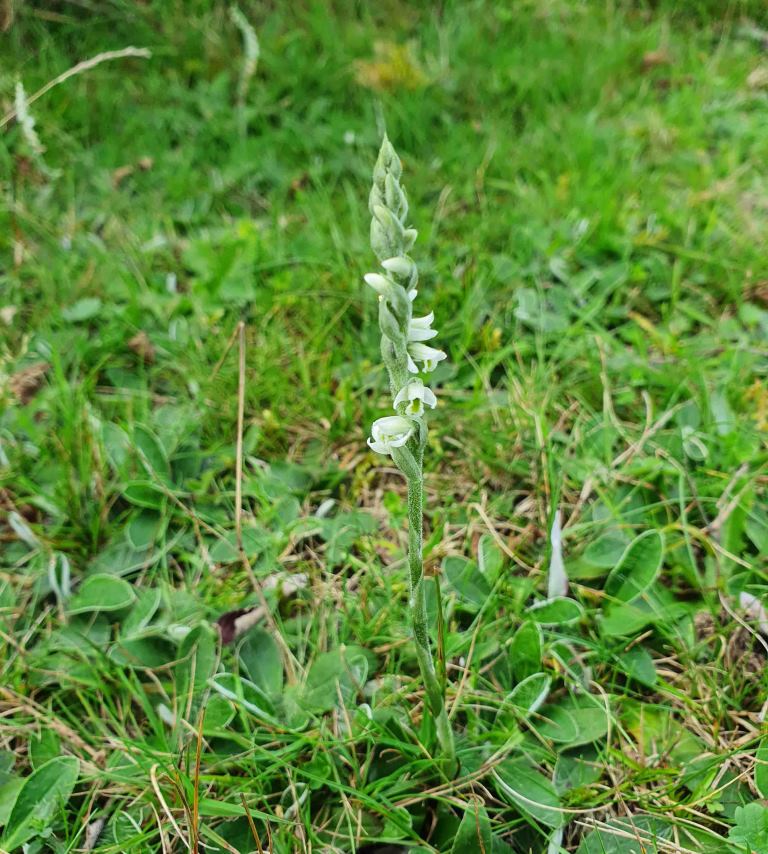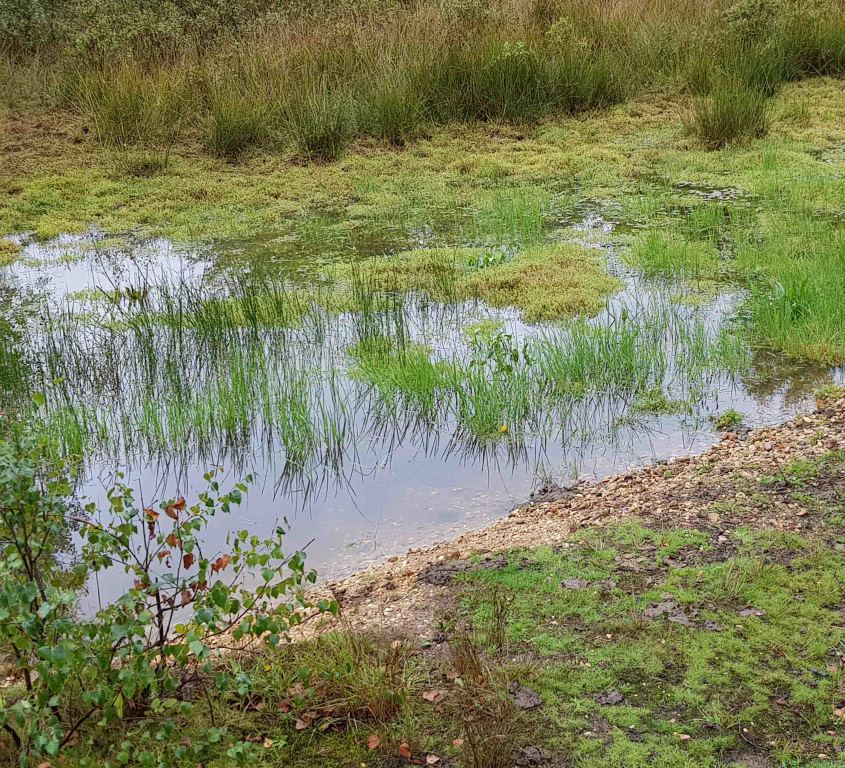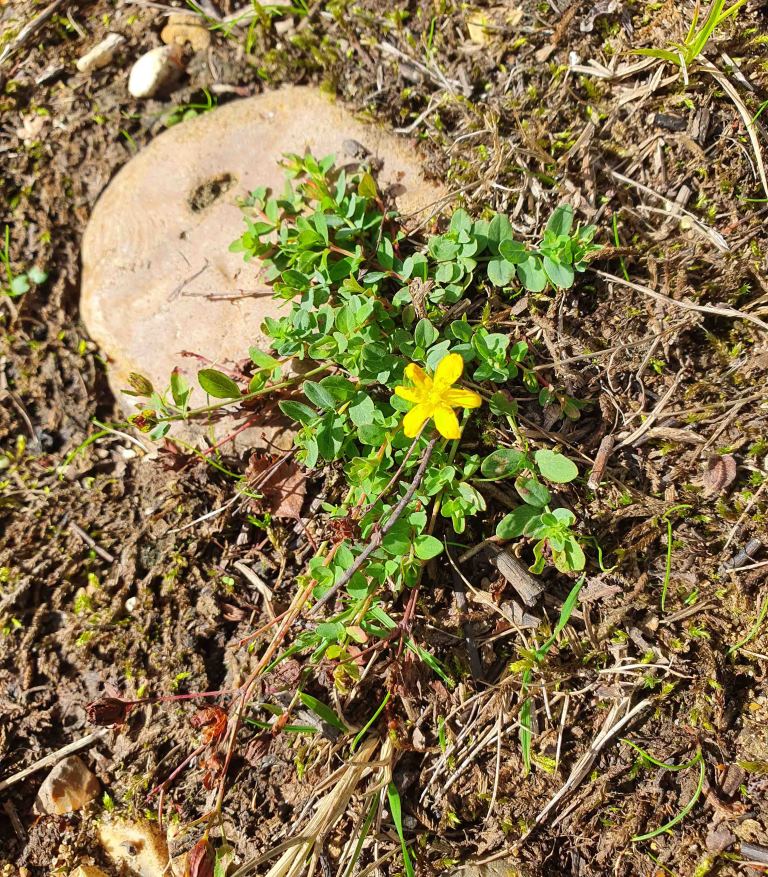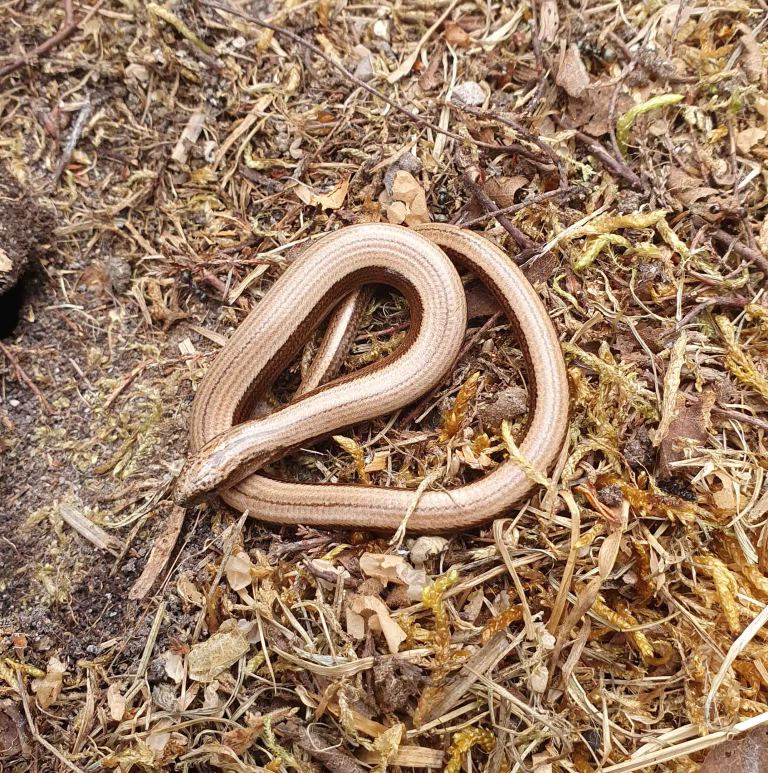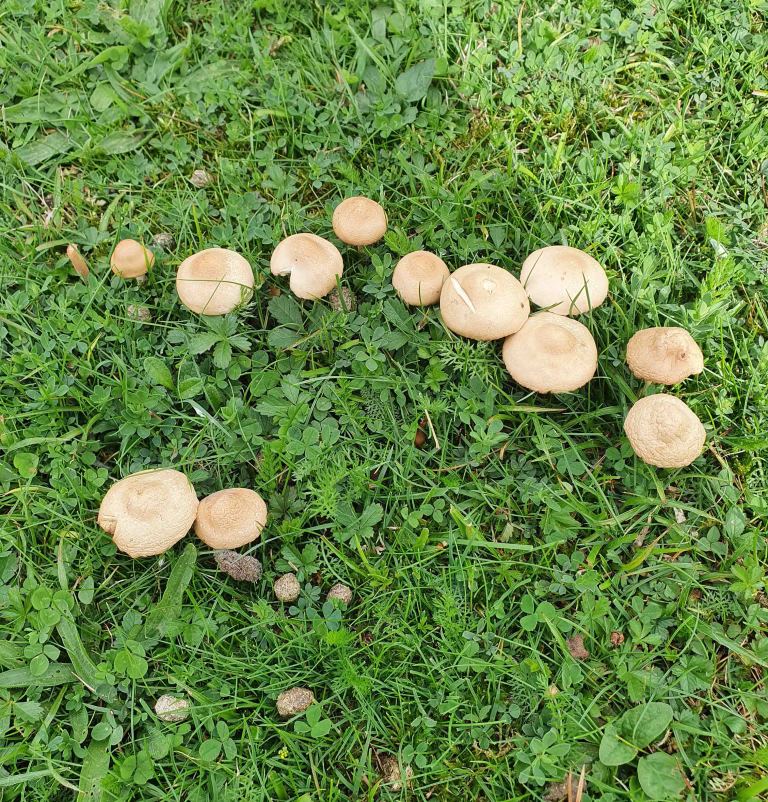Laurie and Jan Haseler led two walks at Greenham Common on Saturday 5 September, starting from the Control Centre car park. It was a sunny afternoon, following a week with significant amounts of rain. The top of the Common is covered by Plateau Gravels, laid down about 500,000 years ago, some of the oldest gravels in the region. They overlay the acid sandy clays of the Bagshot Formation, with these in turn lying above heavy impermeable London Clay. The concrete from the runways of the former air base was removed from the site and used in the construction of the Newbury Bypass, but lime leached from the concrete still leaves its traces in the bright green grass and lime-loving plants of the former runways. The walks started out across the northern runway, where Field Mushrooms were pushing up through the grass and Slender Trefoil was found. On the heathland beyond, Bell Heather, Ling and Dwarf Gorse were in flower. A Wheatear was spotted by one of the groups, and other flowers seen here included Eyebright, Blue Fleabane, Heath Milkwort, Fairy Flax, Wild Carrot and Musk Mallow. On the southern runway, hundreds of delicate white spiral flower-spikes of Autumn Lady’s-tresses orchids poked up through the grass. A large pale spherical puffball whose cap had a net-like pattern was tentatively identified as a Mosaic Puffball. The walks continued across an open stony area where a few Small Heath butterflies were seen, together with flowers of Viper’s-bugloss, Carline Thistle, Field Madder, Common Stork’s-bill and Common Bird’s-foot-trefoil. A family of Pied Wagtails flew up from the base of a rusty metal model of a bomber plane which had formerly been used for fire fighting simulations.
The route then led down off the top of the Common to a line of ponds. New Zealand Pygmyweed, an invasive plant which blights many of the Common’s ponds, was the dominant species, but also seen here were Water-plantain, Lesser Spearwort and the tiny flowers of Pink Water-speedwell. Scarlet Pimpernel and Trailing St John’s-wort were flowering on the bare gravel above the pond. The distinctive seed spikes of Heath Speedwell were found beside the path below the ponds. One Slow-worm was found under a log and two more were sheltering under a metal sheet. The path then led through a thicket of Silver Birch, where a number of pink Russula fungi were seen. A side turning led to a boggy valley where a number of plants of damp places were found, including Lesser Skullcap, Bog Pimpernel, Cross-leaved Heath and Tormentil. There was a single Common Blue butterfly and a Green Woodpecker flew up, calling loudly. On the walk back across the top of the Common to the Control Centre, a ring of Fairy Ring Champignons was found in a grassy area and a family of Stonechats were moving through an area of Gorse.

